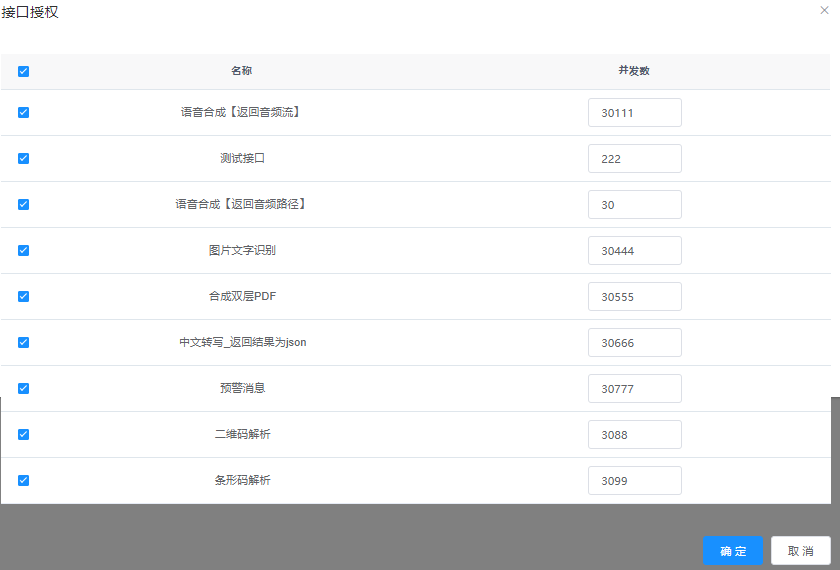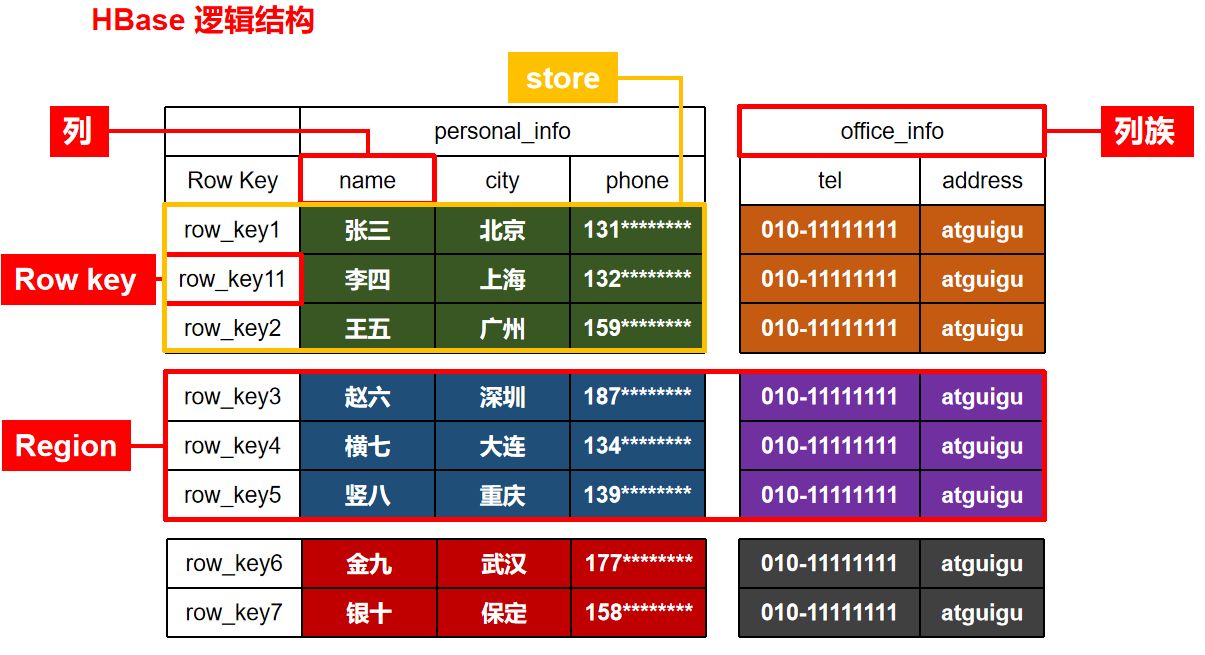1.接口会自动和拥有相同方法的结构体关联
/*只要一个变量,含有接口类型中的所有方法,那么这个变量就实现这个接口。如果一个变量含有了多个interface类型的方法,那么这个变量就实现了多个接口。*/type MyInterface interface{ GetName() string GetAge() int}type StringInterface interface{ SumAgeSa() int}type CommonInterface interface{ MyInterface StringInterface GetGender() string}type Employee struct { name string age int salary int gender string}func (self *Employee) GetName() string { return self.name}func (self *Employee) GetAge() int { return self.age}func (self *Employee) SumAgeSa() int { return self.age + self.salary}func (self *Employee) GetGender() string { return self.gender}/*自动关联上了*/func IntRun() { // 空接口的使用,空接口类型的变量可以保存任何类型的值 // 空格口类型的变量非常类似于弱类型语言中的变量 var varEmptyInterface interface{} fmt.Println("varEmptyInterface is of type %T\n", varEmptyInterface) varEmptyInterface = 100 y := varEmptyInterface.(int) //这里可以类型转换(类型断言 ) fmt.Println("varEmptyInterface is of type int", varEmptyInterface, y) varEmptyInterface = "Golang" k, err := varEmptyInterface.(string) //待判断的类型转换(类型断言 ) if err { fmt.Println("varEmptyInterface is of type string", varEmptyInterface, k) } varEmployee := Employee{ name: "Jack Ma", age: 50, salary: 100000000, gender: "Male", } var mm MyInterface = &varEmployee fmt.Println(mm.GetName()) fmt.Println(mm.GetAge()) //这里可以调用组合内的所有接口 var ww CommonInterface = &varEmployee fmt.Println(ww.GetAge(), ww.GetGender(), ww.GetName(), ww.SumAgeSa())}
2.通过类型获取值
func IntRun() { var varEmptyInterface interface{} varEmptyInterface = 100 y := varEmptyInterface.(int) //这里可以类型转换(类型断言 ) fmt.Println("varEmptyInterface is of type int", varEmptyInterface, y) classifier(varEmptyInterface)}/*通过类型获取值*/func classifier(items ...interface{}) { for i, x := range items { switch x.(type) { case bool: fmt.Println("classifier", "bool", i, x) case float64: fmt.Println("classifier","float64", i, x) case int, int64: fmt.Println("classifier","int", i, x) case nil: fmt.Println("classifier","nil", i, x) case string: fmt.Println("classifier","string", i, x) default: fmt.Println("classifier","other", i, x) } }}
3.简单工厂
/*简单工厂例子*/type Animal interface { Sleep() Age() int Type() string}type Cat struct { MaxAge int}func (this *Cat) Sleep() { fmt.Println("Cat need sleep")}func (this *Cat) Age() int { return this.MaxAge}func (this *Cat) Type() string { return "Cat"}type Dog struct { MaxAge int}func (this *Dog) Sleep() { fmt.Println("Dog need sleep")}func (this *Dog) Age() int { return this.MaxAge}func (this *Dog) Type() string { return "Dog"}func Factory(name string) Animal { switch name { case "dog": return &Dog{MaxAge: 20} case "cat": return &Cat{MaxAge: 10} default: panic("No such animal") }}



































还没有评论,来说两句吧...